Accidents on land typically summon responders within mere minutes, providing relief to those in distress. But picture this: you’re aboard a cruise ship, the Symphony of the Seas, for instance, with around 6,680 passengers and 2,200 crew members—nearly 9,000 souls total—when disaster strikes in the unpredictable heart of the ocean. How does one ensure the safety of such a massive group when help is hours away?
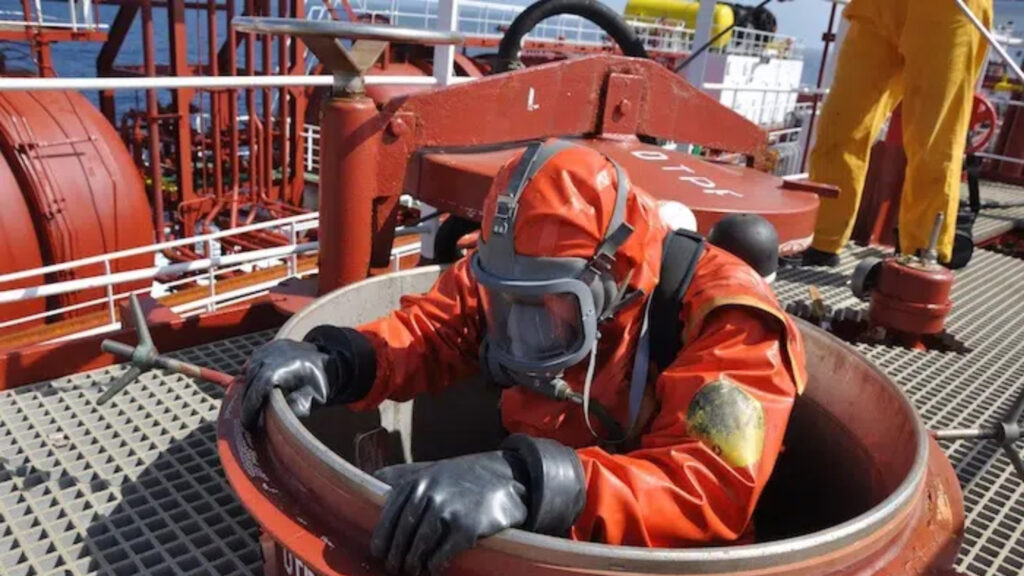
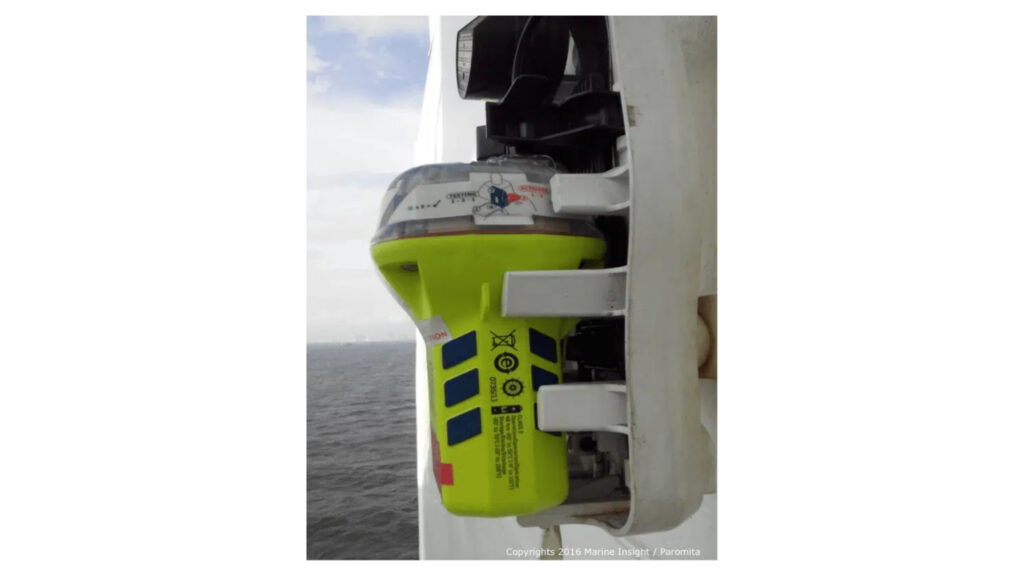
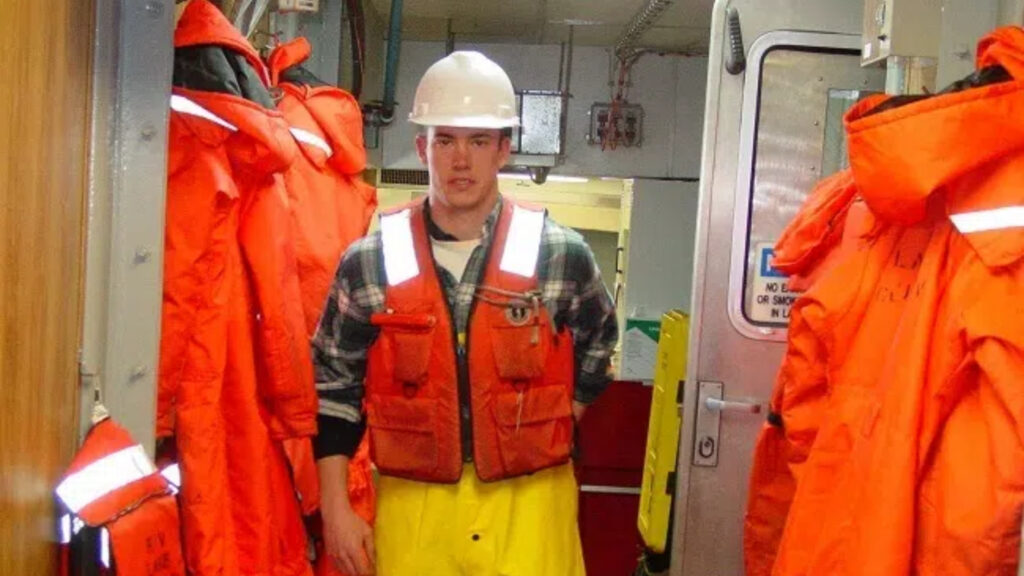
Enter life-saving equipment: the unsung heroes of the high seas, mandated for every ship to carry in case of emergencies. While specific equipment may vary based on the type and size of the vessel, the following essentials constitute the backbone of maritime safety.
Lifeboats
These are your first line of defense when it’s time to abandon ship. Lifeboats must be numerous enough to accommodate all onboard and designed for quick deployment from either side of the ship. In case of a capsizing, they can be lowered from an alternate side, ensuring that everyone has a means to escape. Larger ocean-faring vessels employ enclosed lifeboats for weather protection, equipped with small diesel engines for a self-propulsion speed of around six knots. Regular inspections of lifeboat systems are crucial, covering everything from their engine functionality to the condition of the boat structure itself.
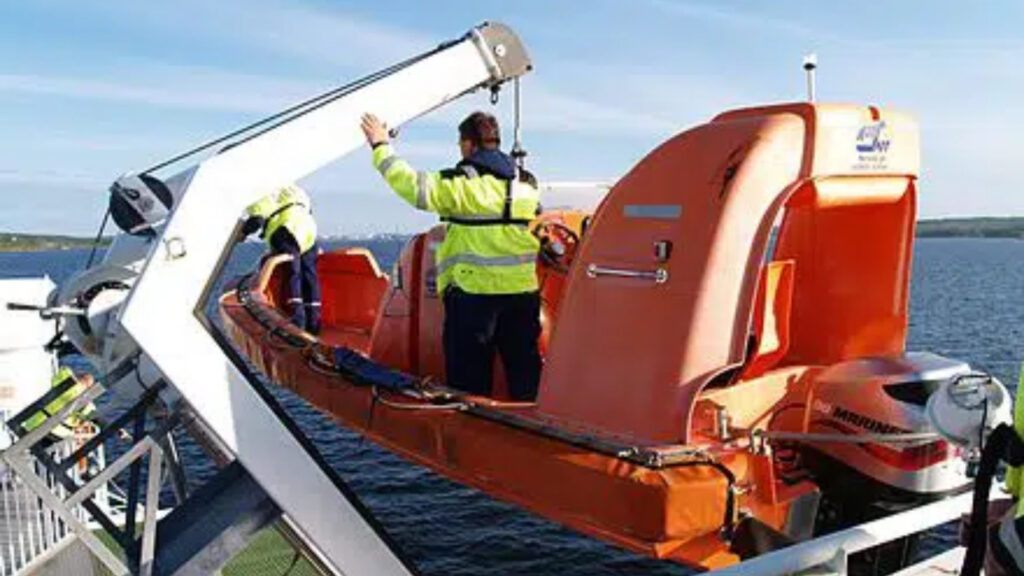
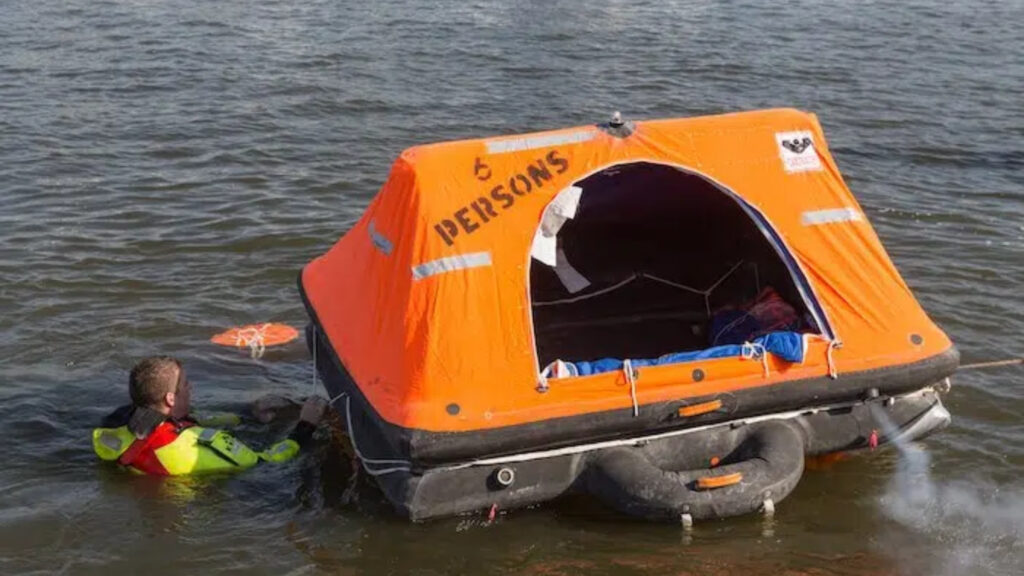
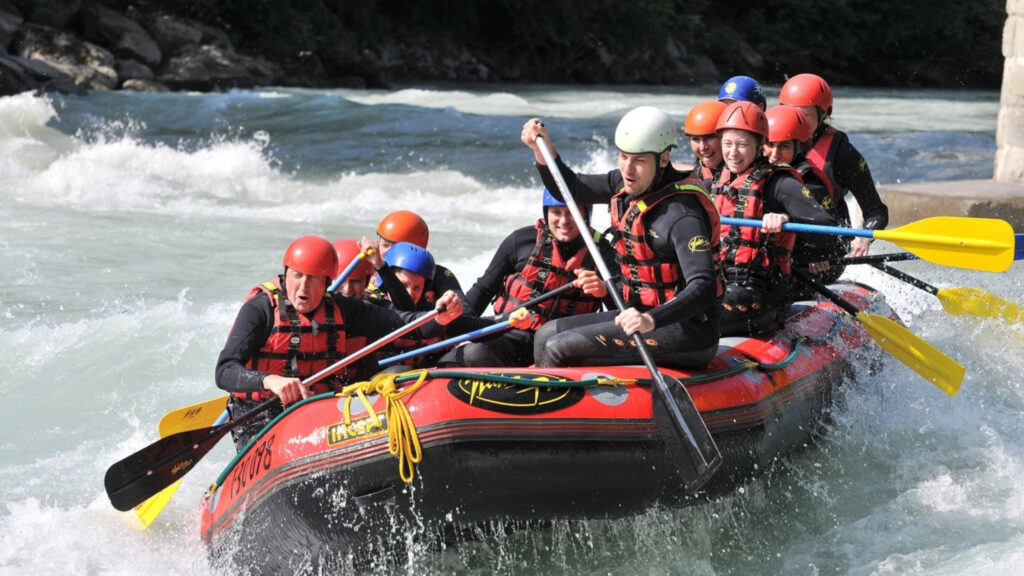
Life Rafts and Inflatable Buoyant Apparatus
Serving as secondary life-saving measures, inflatable life rafts are activated with carbon dioxide from an onboard storage cylinder. They can be launched using various methods, including davits or cradles. Before being deemed sea-worthy, rafts undergo rigorous testing—including drop, jump, and pressure tests—making them robust assets for survival.

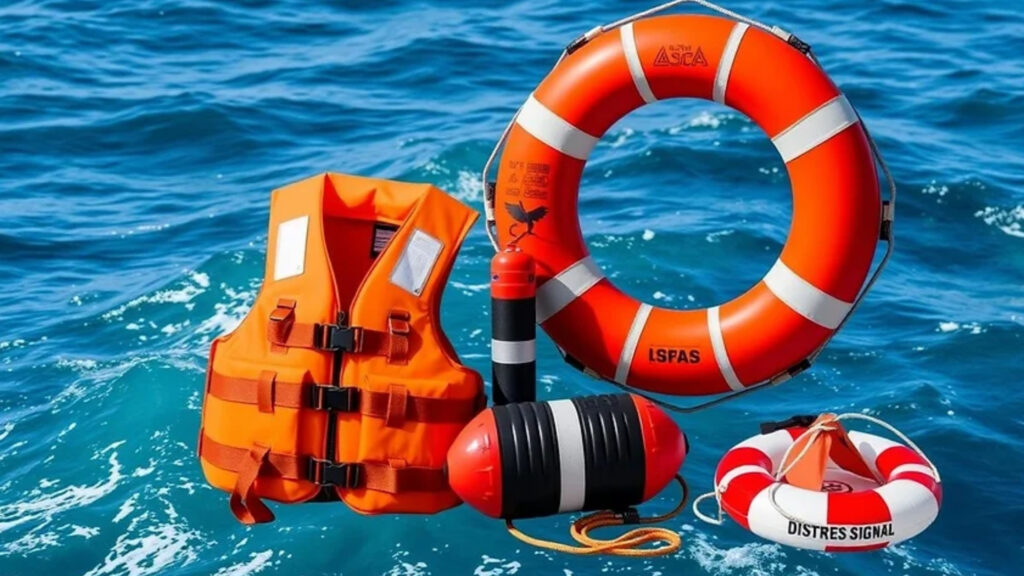
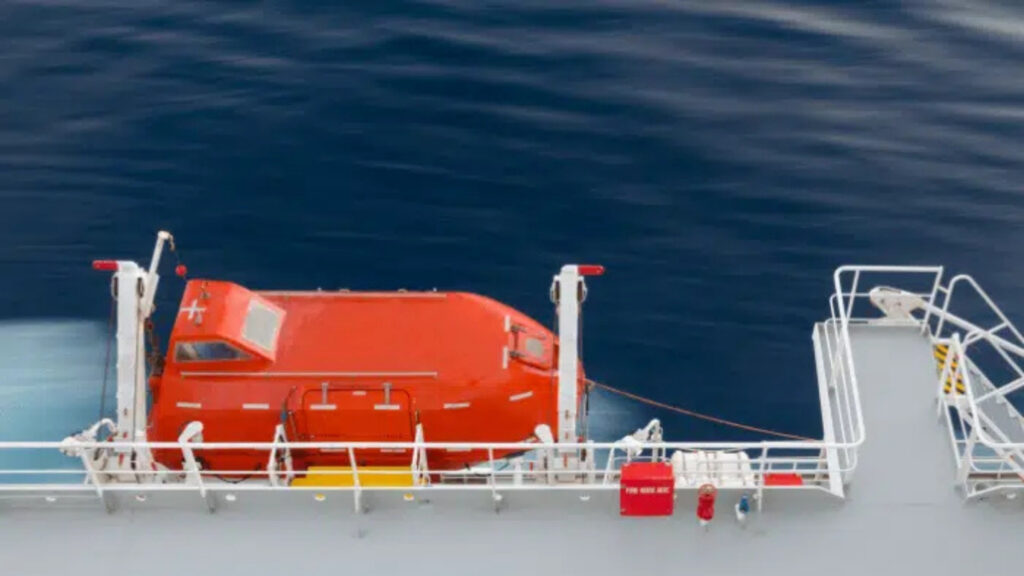
Rescue Boats
Small and lightweight, rescue boats are designed to spring into action when someone is in peril. They can quickly maneuver to recover individuals from the water and tow survival crafts, equipped to launch in minutes. Generally made from fiberglass, they are complemented by inflatable rubber buoyancy chambers for enhanced stability. Rescue boats must pass extensive testing to confirm their reliability, including overload and operation tests.
Personal Floatation Devices (PFDs)
Can you imagine a ship without life jackets? Neither can we! Available in various designs, life jackets are vital for ensuring individual safety. Equipped with features like whistles and lights for visibility, they come in either solid buoyancy types or inflatable versions. Regularly tested for buoyancy, stability, and resistance to temperature fluctuations, life jackets are essential pieces of equipment that every passenger should understand how to use.
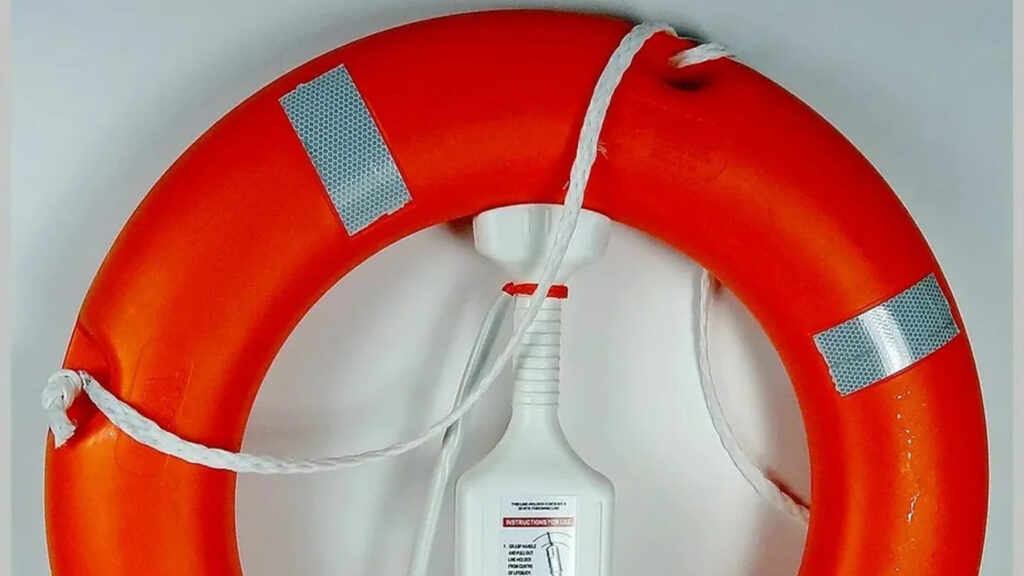
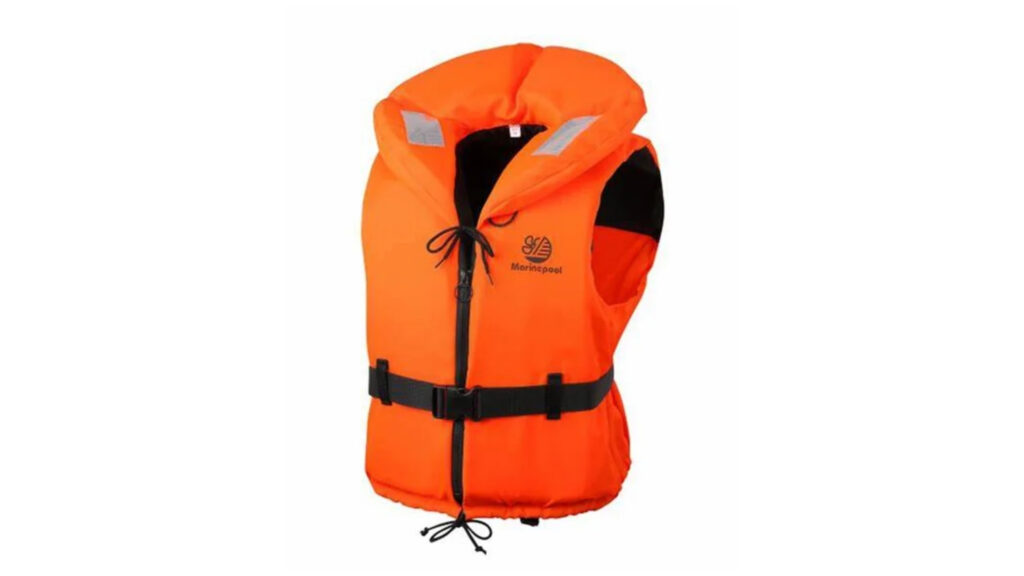

Ring-Life Buoys
You’ll spot these bright lifesavers on every vessel, perfect for tossing to someone overboard. Designed for quick deployment, these buoyant rings must meet specific SOLAS requirements to ensure they perform effectively in emergencies, including temperature cycling and strength tests.
Survival Suits
Enter the immersion suit, a necessity in frigid waters where hypothermia lurks. Aimed at minimizing body heat loss, these suits are essential for survival until help arrives. Ships are required to have one for every person onboard, unless they only operate in warm waters—a rule worth noting!
Communication Systems
When chaos ensues on a ship, clear communication is critical. General alarm systems alert the crew to fire stations or evacuation points, while public address systems ensure everyone is informed. Portable Very High Frequency (VHF) radios are essential for emergency communications, keeping lines open when every second counts.
Emergency Position Indicating Radio Beacons (EPIRB)
How do rescuers find your exact location at sea? EPIRBs are buoyant devices that float when a vessel sinks, transmitting geographic coordinates to satellites. These signals are crucial for initiating timely rescue operations.
Distress Signals
Much like flares shot across the night sky in blockbuster movies, real-life parachute flares allow vessels in distress to alert nearby ships. Tested for reliability, these pyrotechnics must follow specific regulations to ensure they blaze brightly and long enough for responders to locate and act swiftly.
Self-Contained Breathing Apparatus
You wouldn’t want to navigate through toxic fumes without a safety net. Self-contained breathing apparatus provide critical oxygen supply to personnel who find themselves in hazardous environments onboard, ensuring crew members can handle emergencies in compromised compartments.
Every piece of equipment onboard a ship contributes to a safety net that protects both crew and passengers during their journey across unpredictable waters. As we reflect on the rigors of maritime law and safety protocols, the importance of these life-saving tools becomes clear: without them, navigating the ocean’s vastness would be akin to sailing into the unknown without a compass—an adventure best left to the imagination.